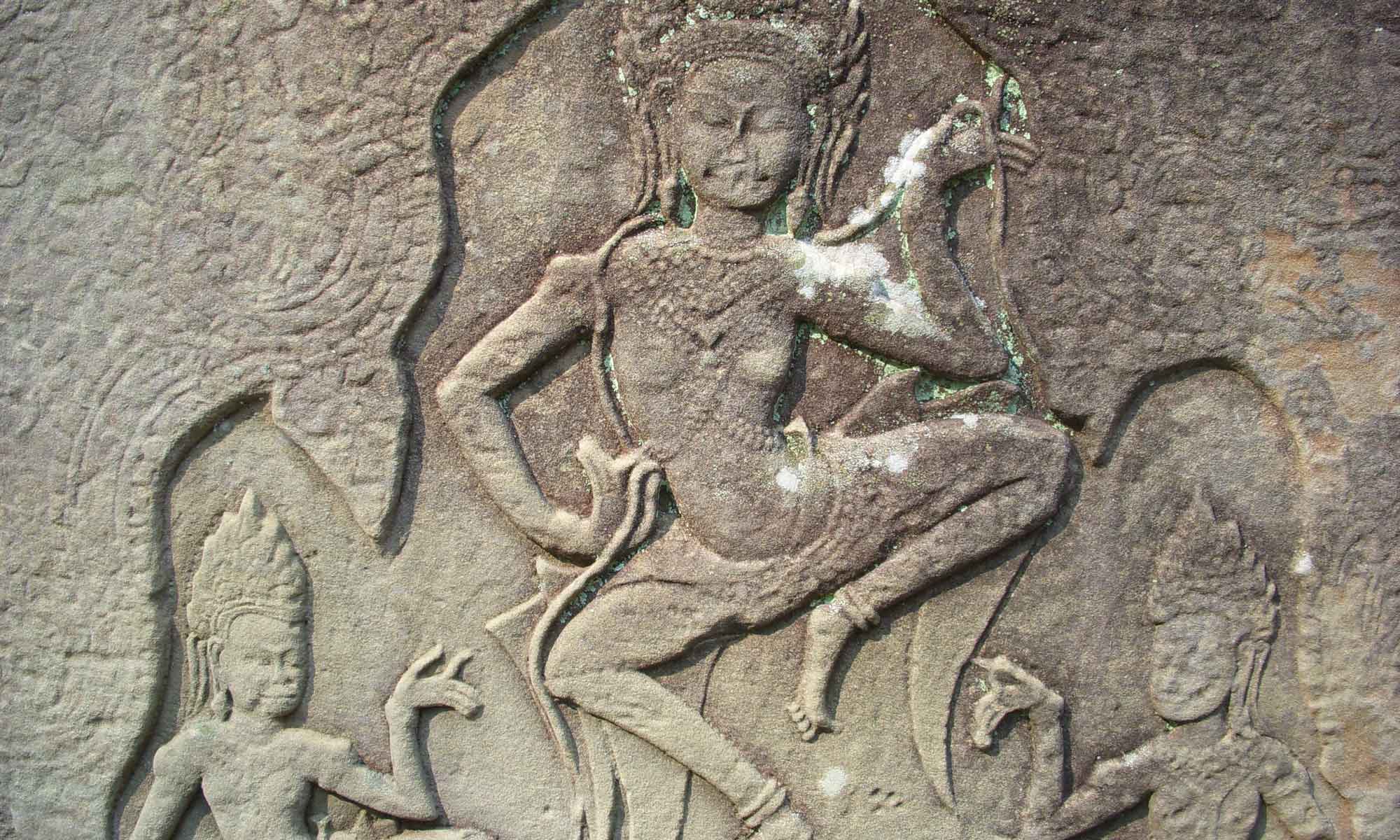“Celestial Cycles and Earthly Rhythms”
2022 Symposium Panel
Sunday April 10th 1PM Eastern Daylight Time
How do the rhythms of the seasons inform our earthly activities? How do celestial cycles expand our sense of belonging to one another and life on earth? This panel, which explores deep connections with celestial and planetary ecologies, features the work of these four scholars who are also poets and dancers.

Laura Shannon: “Basil, apple, and rose: women, plants, and protection in Greek folk songs” explores the wisdom of old European dance songs that highlight the healing power of herbs, and of the dances themselves.

Ann Filemyr:“Celestial Ecologies: Living Within the Solar & Lunar Wheels Rhythmic Cycles of Change”examines conscious relationships to our nearest cosmic companions, the Sun and Moon–long believed to bring blessing, healing, inspiration and balance to our lives.

Marna Hauk: “Hygeia, Green and Shealing: Cultivating and Embodying Green Healing Energy with Asteroid, Dream, and Myth” investigates mythos and practice around Hygeia: asteroid; healer & animating energy of nature retreats, alternative medicine, and dream healing; as well as the origin of our word,“hygiene”.

Annie Finch: “Riding Meter’s Magic Language Home: How an Ancient Poetic Technology Can Help Reunite Us with The Earth, the Divine Feminine, and Each Other” explains how meter bridges body and mind, secular and divine, individual and collective, drawing on ancient prayers and sacred literature that use meter to induce a liminal state and bridge the gap between ourselves, nature, and the divine by healing our language.
See the 2022 Symposium page for registration and event information.
REGISTER HERE:
- General public ($160) register here.
- Members sign in and register with $50 discount here.
- Join/Renew your ASWM membership here.
- Questions? Contact us.








You must be logged in to post a comment.